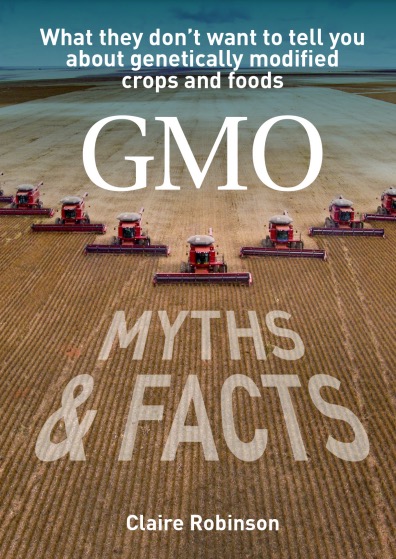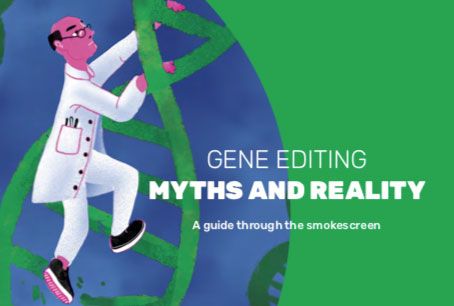A vet believes the recent contamination of milk products from ... Fonterra with the Clostridium botulinum bacterium is due to glyphosate in GM feed.
EXCERPT: Rowson said: "This disease originates in contaminated feed and animal manure, and research all over the world, of which I am part, shows that GM feeds and the use of increased amounts of glyphosate herbicides increase the prevalence of this disease in pigs, poultry, and dairy cattle, and the neurotoxin that causes the disease will pass through the food chain into milk."
Vet links botulism to farms not pipes
stuff.co.nz, 14 Aug 2013
http://www.stuff.co.nz/business/farming/dairy/9041155/Vet-links-botulism-to-farms-not-pipes
A veterinarian and farm consultant doubts the recent Fonterra botulism scare was caused by a dirty pipe, and says he is sitting on material that will embarrass the dairy giant further.
Matamata veterinarian and farm performance consultant Frank Rowson says Fonterra should be tracing the source of the Clostridium botulinum bacterium back to farms or their own water supply.
He doubts Clostridium botulinum was caused by an old pipe at Fonterra's Hautapu plant and said it had to get in there in the first place.
Rowson planned to discuss the threat of glyphosate contamination links in the food chain at a meeting in a few weeks time, which included Fonterra's Risk Manager Lindsay Burton and the president of GE Free NZ, Claire Bleakly.
They were meeting as individuals.
"Now this whole thing has blown up, they want to meet with us to discuss the whole contamination issue," he said.
Rowson, however, wants the meeting bought forward "as I'm sitting on material that will embarrass Fonterra further".
Kerry Underhill, Fonterra's Group Director of Communications is adamant the Clostridium botulinum contamination, which caused this month's massive recall of milk products, originated from a pipe in the plant.
Rowson said: "This disease originates in contaminated feed and animal manure, and research all over the world of which I am part, shows that GM feeds and the use of increased amounts of glyphosate herbicides increase the prevalence of this disease in pigs, poultry and dairy cattle, and the neurotoxin that causes the disease will pass through the food chain into milk."
He thought maize silage on-farm, or grains/soy in mixed rations were the most likely source of the bacterium and another was when there were pockets of contamination in wrapped silage and not enough heat to destroy the neurotoxins.
"Then it enters the food chain," he said.
"The dirty pipe would be contaminated by product from cows or water supply and the organism would multiply in the dirt in the pipe. Therefore they should be tracing back to farms or their own water supply.
"The most likely source is on farm in silage or grains/soy in mixed rations, all of which have glyphosate which stimulates growth of Clostridia and other pathogenic bacteria and fungi.
"That's what gets into the pipes, otherwise, I hope it is not in their water."
It's understood the whey was never tested for glyphosate because Fonterra believed it is not related to the current quality issue.
© Fairfax NZ News









